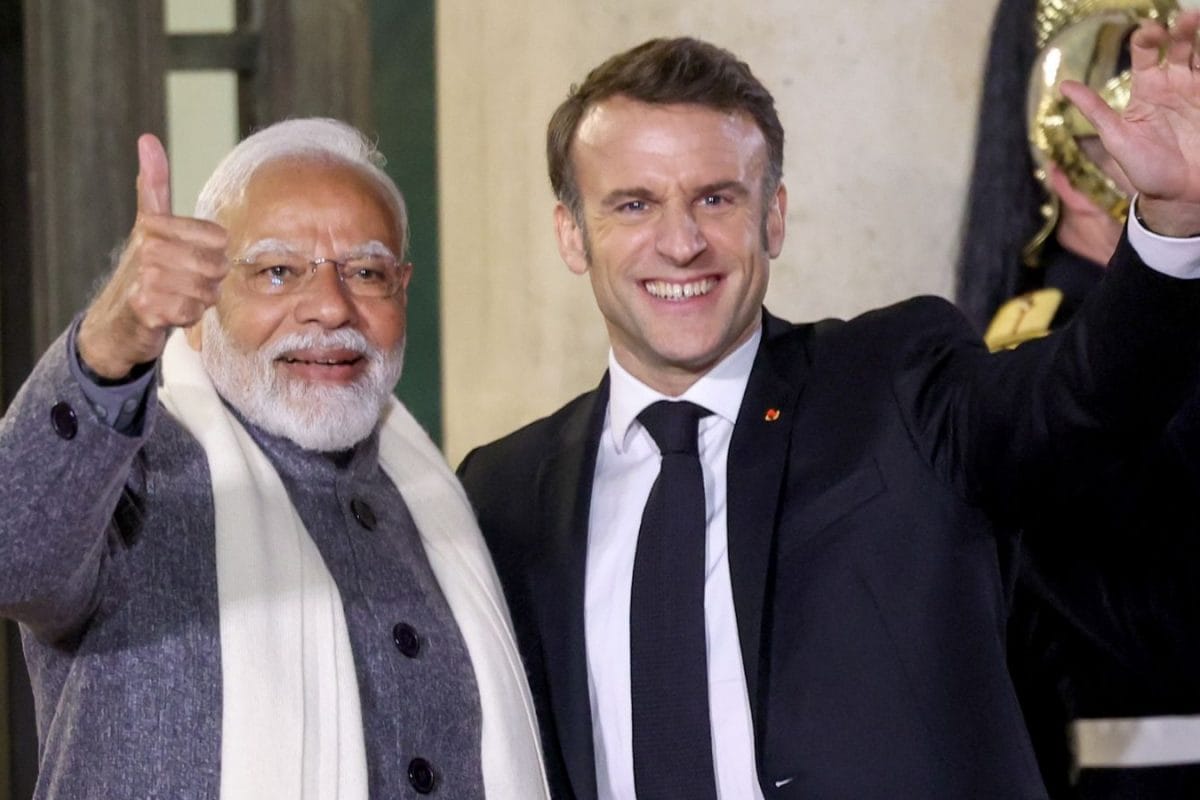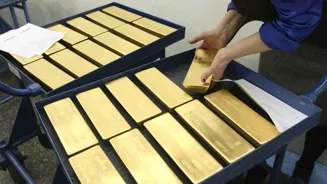Gold has staged a remarkable rally over the past two years, surging nearly 72 per cent globally and scaling historic peaks across international and Indian
markets. The precious metal, traditionally viewed as a safe-haven asset, has benefited from a mix of geopolitical tensions, economic uncertainty, and central bank demand.
Between August 2023 and August 2025, gold prices rose from around USD 1,940 per ounce to USD 3,340 per ounce, marking one of the steepest two-year climbs in recent history. In India, the world’s second-largest consumer of gold, prices of 24-karat gold jumped about 70 per cent, from roughly Rs 59,220 to Rs 100,750 per 10 grams. The rally culminated in record highs of USD 3,534.10 per ounce on COMEX on August 7, 2025, and USD 1,02,250 per 10 grams on the Multi-Commodity Exchange (MCX) earlier this month.
Geopolitical Tensions Fuel Rally
One of the biggest drivers of the surge has been heightened geopolitical risk. The continuing Russia-Ukraine conflict and persistent China-Taiwan tensions through 2023 and 2024 supported gold demand. In 2025, fresh escalations came in the form of President Donald Trump’s “Liberation Day” trade actions, which sparked tariff escalations, global market sell-offs, and renewed flows into gold.
Economic Uncertainty and Safe-Haven Demand
Global economic uncertainty has also played a critical role. In 2023, recession fears and the U.S. debt ceiling crisis pushed gold to over USD 2,000 mark. Stagnation concerns in 2024, compounded by doubts over U.S. fiscal policy in 2025, further cemented gold’s safe-haven appeal.
Central Bank Purchases at Record Levels
Central banks, particularly in emerging economies, have aggressively added to their gold reserves. Purchases of over 800 tonnes in 2023 swelled to nearly 1,000 tonnes in 2025. China, India, and Turkey were among the countries leading this trend, reinforcing upward pressure on prices.
Dollar Weakness and Fed Policy Shifts
A weakening U.S. dollar has been another key factor. The dollar index witnessed a sharp decline in the first half of 2025. Federal Reserve dovishness, Trump’s tariff-driven policies, and global imbalances combined to make gold cheaper and more attractive to investors. Speculation about U.S. Fed rate cuts, following a halt to rate hikes by late 2023, pushed bond yields lower and added further momentum to gold’s rally.
Strong Investment and Inflation Hedging
Investment demand has also surged. Exchange-traded funds (ETFs) such as SPDR Gold Shares saw inflows during periods of equity market volatility, while retail buying in India and China provided additional support. Meanwhile, persistent global inflation, driven by energy price swings and supply chain disruptions, reinforced gold’s traditional role as an inflation hedge through 2024 and 2025.
Outlook: Resilient but Volatile
According to the World Gold Council’s Gold Mid-Year Outlook 2025, the yellow metal delivered 26 per cent returns in U.S. dollar terms in the first half of the year, with strong gains across other currencies. The council attributed this to a weaker dollar, rangebound interest rates, and a highly uncertain geo-economic environment.
The report noted, “gold may move sideways with some possible upside – increasing an additional 0 per cent - 5 per cent in the second half. However, the economy rarely performs according to consensus. Should economic and financial conditions deteriorate, exacerbating stagflationary pressures and geoeconomic tensions, safe haven demand could significantly increase, pushing gold 10 per cent - 15 per cent higher from here. On the flipside, widespread and sustained conflict resolution – something that appears unlikely in the current environment – would see gold give back 12 per cent-17 per cent of this year’s gains.”
With robust central bank purchases and heightened investor activity, gold has ended the first half of 2025 as one of the best-performing major asset classes, cementing its resilience amid ongoing uncertainty.

















